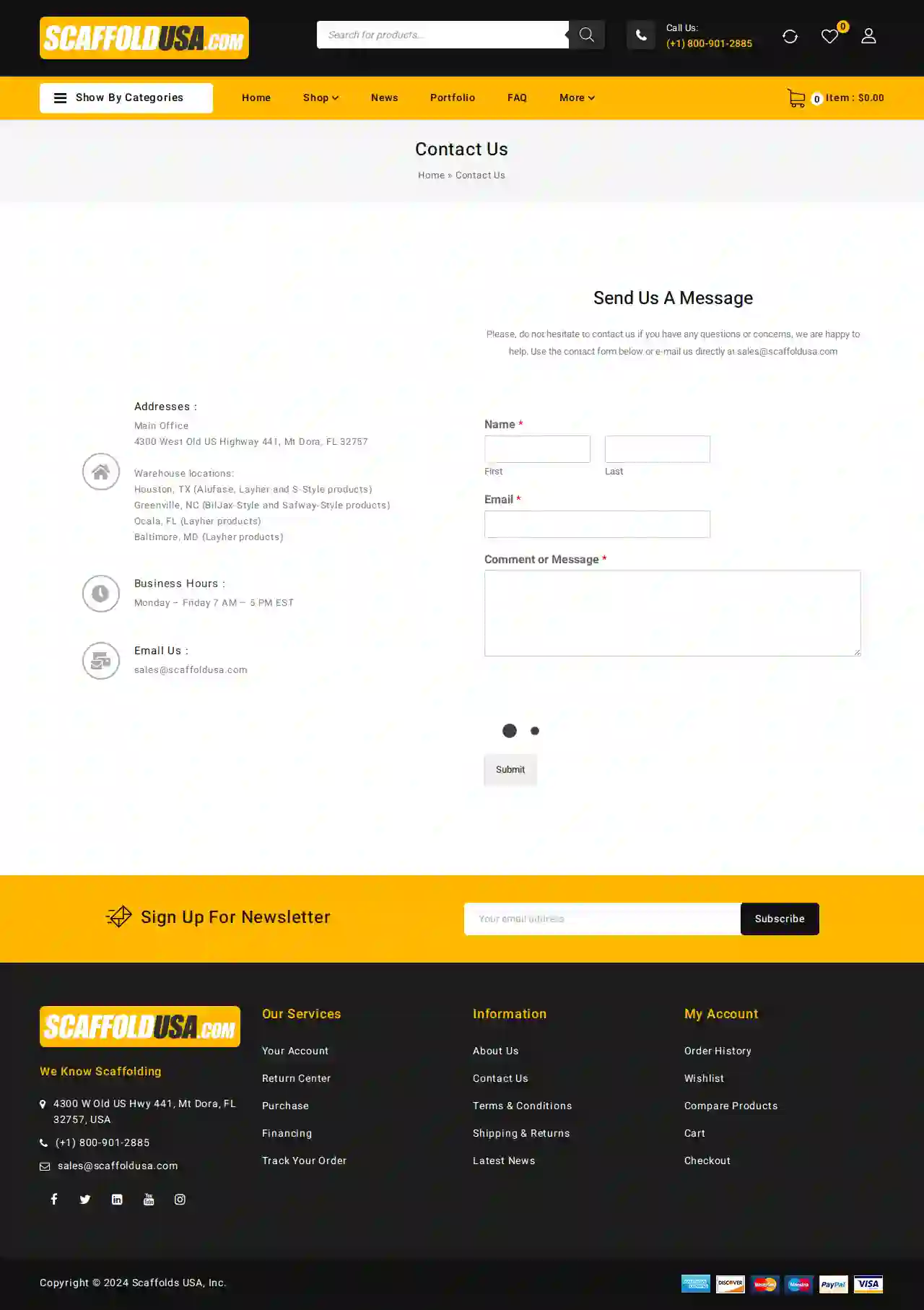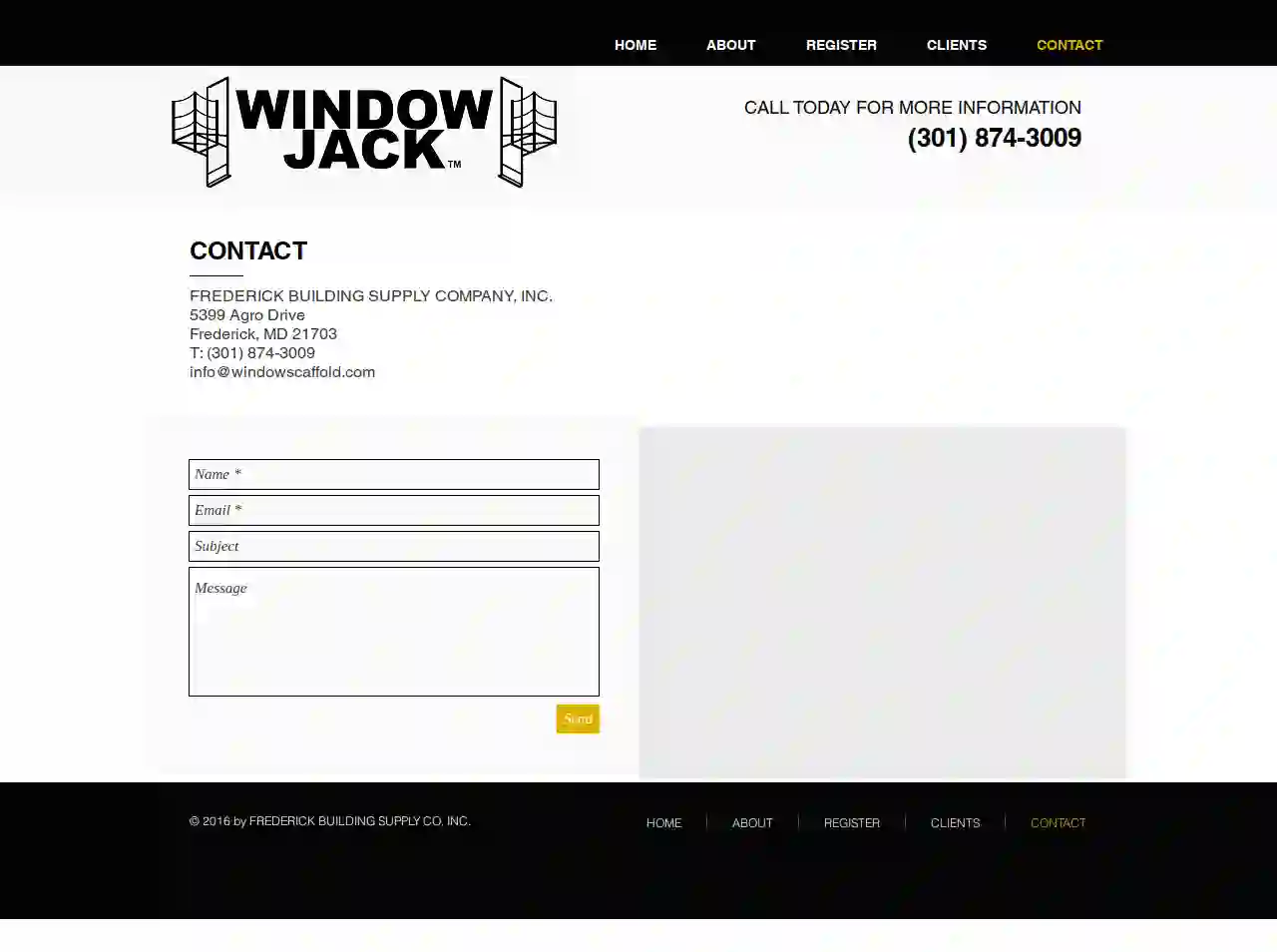Scaffolding Companies Pembroke
Find Scaffolding Contractors in Pembroke
Get multiple Construction Scaffolding quotes for your project today! Compare profiles, reviews, accreditations, portfolio, etc... and choose the best deal.

Zicklin Contracting Corp.
4.964 reviews967 Longfellow Ave, Bronx NY, Bronx, 10474, USZicklin Construction is a family-owned general contracting company that has been serving the five boroughs of New York City and parts of Nassau and Westchester counties for over 37 years. We specialize in providing complete house renovation, apartment renovation, basement remodeling, exterior services including masonry and pavers, roofing installation, repair, and maintenance, interior renovation, and more. Our team is dedicated to ensuring full compliance with ease and providing protective and repair services with confidence. We are fully accredited and insured, and our team is available 24/7 for emergency services.
- Services
- Why Us?
- Accreditations
- Our Team
- Testimonials
- Gallery
Get Quote
Concord Painting, Inc.
Brooklyn, USAbout Concord Painting Since 1951, Concord Painting has been a leading New York City Commercial Painting and Contracting Company. We have proudly served the local businesses of NYC, New York, The 5 Boroughs, and Long Island with our professional interior and exterior painting services for over six decades. Concord Painting with its many years of commercial painting experience is prepared to take on any size industrial painting and façade restoration job in NYC and the surrounding area. This family-owned business has worked on many New York City iconic buildings and locations.
- Services
- Why Us?
- Gallery
Get Quote
Keystone Scaffolding & Sidewalk Bridge
54 reviewsBrooklyn, NYC, NY, USWelcome to Keystone Scaffolding and Sidewalk Bridge, the trusted partner of New York residents for every type of scaffolding service. With 16 years of experience, we have become adept in providing a complete range of scaffolding services. From renting to design, installation, and inspection, we are your reliable partners for integrated scaffolding services. Whether the project is residential, commercial, or industrial, we are the scaffolding specialist in the NYC catering to every industry. Besides a portfolio of successful past projects, our team of seasoned experts excels in providing multifaceted scaffolding services that cater to all your needs at once. Expertise, backed by years of industry experience, Keystone stands as a testament to reliability and success. Our seasoned team brings a wealth of expertise to every project, boasting certifications, extensive training, and a skill set that ensures precision. Quality workmanship and safety are at the core of our values. At Keystone, we adhere to the highest standards to ensure the well-being of our team and the success of your project. Our mission is to provide safe and secure scaffolding services to all our clients. We understand the importance of having safe access to elevated areas, for all types of construction and renovation services. Therefore, leaving no stone unturned to ensure the safety of the scaffoldings. From high-quality materials to versatile grippers and anti-slip platforms, we ensure to provide you with the best materials in town.
- Services
- Why Us?
- Testimonials
- Gallery
Get Quote
BSL Scaffolding USA LLC
4.33 reviews5550 North Main Street, Baytown, TX, 77521, USBSL Scaffolding USA is a multinational expert in providing quality scaffolding, engineering, and formwork products and services to various types of industrial, commercial, residential, and infrastructure construction sites. With over 30 years of experience, they have served over 1000 clients across more than 50 countries. Their continuous and dynamic quality services provision has made them a leading partner in the construction industry.
- Services
- Why Us?
- Accreditations
- Testimonials
- Gallery
Get Quote
Direct Scaffold Services
48 reviewsSuite 100, Atlanta, GA, 1234 Access Lane, 30309, USContractors Access Equipment & Direct Scaffold Services specializes in providing safe access solutions for various projects. With a focus on safety, the company offers a range of services including labor, rental & sales, design/layout, training, and swing stage maintenance. They cater to both commercial and industrial clients, offering supported and suspended scaffolding, shoring, and special events services. The company is an authorized dealer for several global scaffold component manufacturers and operates in multiple locations across the US.
- Services
- Why Us?
- Accreditations
- Our Team
- Testimonials
- Gallery
Get Quote
Silvercup
525 reviews29 Lorimer St, Brooklyn, 11206, USAt Silvercup Scaffolding, we specialize in providing top-notch scaffolding services to ensure the safety and success of your project. With over 20 years of experience in the industry, our team is dedicated to delivering exceptional results. Our services include scaffolding, debris shoots, enclosures, hoists, safety nets, shoring, sidewalk bridges, and suspended scaffolding. We pride ourselves on our commitment to safety, professionalism, and quality, making us the go-to choice for scaffolding services in the tri-state area. Our team is comprised of highly trained and experienced professionals who are SIA & OSHA certified. We use only the best equipment to ensure the safety and durability of our scaffolds. Our management team is heavily involved in every project, ensuring that every detail is taken care of and that our clients receive the best possible service. At Silvercup Scaffolding, we understand the importance of safety and take it very seriously. We have a reputation for maintaining the highest safety standards, and our clients can rest assured that their project is in good hands. Our services are available in Brooklyn, NY, and the surrounding areas, and we offer competitive pricing without compromising on quality.
- Services
- Why Us?
- Accreditations
- Our Team
- Testimonials
- Gallery
Get Quote
AXIOS Industrial Group
412 reviews10077 Grogans Mill Rd., Ste 450, 10077 Grogans Mill Rd. Ste 450, The Woodlands, 77380, USAXIOS is an industry-leading provider of industrial scaffolding, insulation, coatings and other specialty service solutions for turnarounds, capital projects and routine maintenance. We use our innovative mindset to help clients achieve single-point accountability, unparalleled reliability, lower costs and maximum value. When you partner with AXIOS, you can expect on-time, on-budget solutions to your challenges, all with an uncompromised commitment to workplace health. AXIOS was founded by seasoned industrial services professionals with a track record for trust, excellence and safety. This unwavering commitment is ingrained in our company’s DNA — from our dedication to meeting deadlines to our best-in-class solutions that help clients safely accomplish their critical path needs — AXIOS is worthy of your trust and confidence.
- Services
- Why Us?
- Gallery
Get Quote
Scaffold USA
4300 W Old US Hwy 441, Mt Dora, FL 32757, FL, 32757, USScaffolds USA, Inc. is a leading provider of scaffolding solutions, offering a wide range of products including Alufase, Layher, and BilJax style scaffolding. With warehouses in Houston, TX, Greenville, NC, and Ocala, FL, the company serves customers nationwide. Their commitment to quality, customer service, and competitive pricing sets them apart in the industry. The company's mission is to provide safe, reliable, and affordable scaffolding solutions to meet the needs of construction, renovation, and maintenance projects.
- Services
- Why Us?
- Accreditations
- Our Team
- Testimonials
- Gallery
Get Quote
window scaffold
5399 Agro Drive, Frederick, 21703, USFrederick Building Supply Company, Inc. is a leading provider of building supplies, offering a wide range of products and services to meet the needs of clients in the construction industry. With a strong commitment to quality, customer satisfaction, and community involvement, the company has established itself as a trusted partner for builders, contractors, and homeowners. Based in Frederick, MD, the company serves clients throughout the region, providing top-notch materials and expert advice to ensure successful projects.
- Services
- Why Us?
- Accreditations
- Gallery
Get Quote
Mid-South Scaffold
3.76 reviewsNew York, USFuture home of something quite cool. If you're the site owner, log in to launch this site. If you are a visitor, check back soon.
- Services
- Why Us?
- Gallery
Get Quote
Over 2,353+ Scaffolding Businesses on our directory
Our scaffolding contractors operate in Pembroke & beyond!
ScaffoldingHQ has curated and vetted Top Scaffolding Contractors in and around Pembroke. Find a top & reliable pro today.
Frequently Asked Questions About Scaffolding Companies
- Project Height and Access: The height of the structure and the accessibility of the working area are primary considerations.
- Load Capacity: The weight of workers, materials, and equipment that the scaffolding needs to support.
- Project Complexity and Shape: The shape and complexity of the structure may necessitate specialized scaffolding configurations.
- Ground Conditions: The type of ground (soft, uneven, sloping) will influence the scaffolding foundation and support requirements.
- Duration of Use: The length of time the scaffolding will be needed can impact the choice of system.
- Budget: Different scaffolding types have varying costs.
- Size and Complexity: Larger, more intricate scaffolding structures will naturally take longer to assemble.
- Scaffolding Type: System scaffolding, with its pre-engineered components, can be erected faster than traditional tube and clamp scaffolding.
- Accessibility: Difficult site access or limited working space can prolong the erection process.
- Crew Size and Experience: The number and skill level of the scaffolding erectors will impact the speed of assembly.
- Traditional and highly versatile.
- Components (tubes, clamps, boards) are assembled on-site.
- Adaptable to complex shapes and structures.
- Requires skilled labor and more time for erection.
- Pre-engineered, modular components.
- Faster and easier to erect.
- Often has higher load capacities.
- May be less versatile for complex shapes.
How do I choose the right type of scaffolding for my project?
How long does it take to erect scaffolding?
What is the difference between tube and clamp scaffolding and system scaffolding?
Tube and Clamp Scaffolding:
Can I erect scaffolding myself?
How do I choose the right type of scaffolding for my project?
- Project Height and Access: The height of the structure and the accessibility of the working area are primary considerations.
- Load Capacity: The weight of workers, materials, and equipment that the scaffolding needs to support.
- Project Complexity and Shape: The shape and complexity of the structure may necessitate specialized scaffolding configurations.
- Ground Conditions: The type of ground (soft, uneven, sloping) will influence the scaffolding foundation and support requirements.
- Duration of Use: The length of time the scaffolding will be needed can impact the choice of system.
- Budget: Different scaffolding types have varying costs.
How long does it take to erect scaffolding?
- Size and Complexity: Larger, more intricate scaffolding structures will naturally take longer to assemble.
- Scaffolding Type: System scaffolding, with its pre-engineered components, can be erected faster than traditional tube and clamp scaffolding.
- Accessibility: Difficult site access or limited working space can prolong the erection process.
- Crew Size and Experience: The number and skill level of the scaffolding erectors will impact the speed of assembly.
What is the difference between tube and clamp scaffolding and system scaffolding?
Tube and Clamp Scaffolding:
- Traditional and highly versatile.
- Components (tubes, clamps, boards) are assembled on-site.
- Adaptable to complex shapes and structures.
- Requires skilled labor and more time for erection.
- Pre-engineered, modular components.
- Faster and easier to erect.
- Often has higher load capacities.
- May be less versatile for complex shapes.